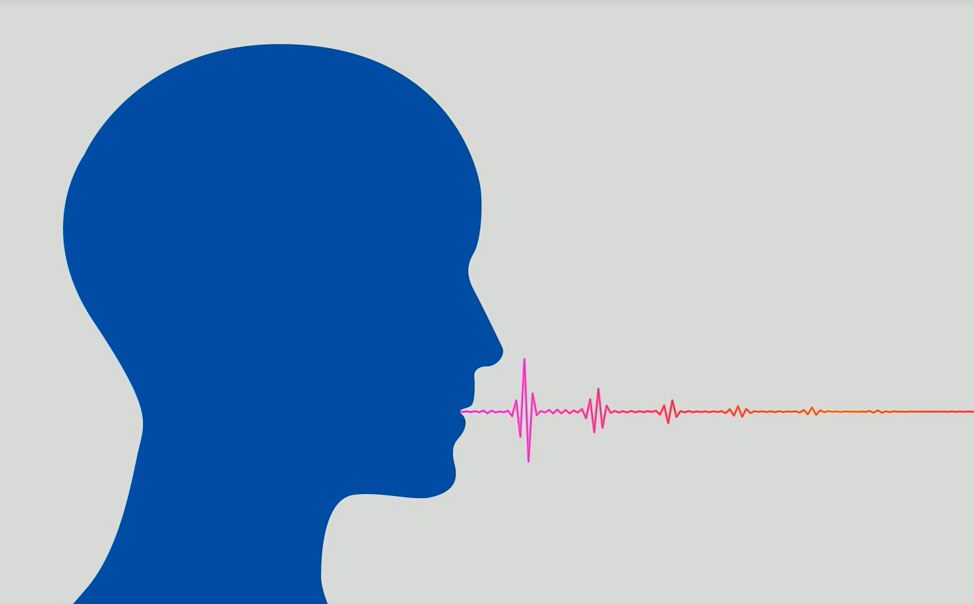In voice and video communication, quality usually states whether the experience is a good or bad one.
In a scale from 1 to 5, a mean opinion score (MOS) gives an indication of the quality of transmission.
| MOS | Quality |
| 5 | Excellent |
| 4 | Good |
| 3 | Fair |
| 2 | Poor |
| 1 | Bad |
PESQ: Perceptual Evaluation of Speech Quality
- PESQ is an objective method of measuring speech quality.
- By comparing speech recordings that transmitted through the network under test with original versions of these same speech recordings (Processed Speech Files) that were input to the network under test (Reference Speech Files), PESQ predicts subjective MOS scores.
- PESQ returns a score (4.5 – 0.5) with higher scores showing better quality.
The PESQ algorithm doesn’t provide a comprehensive evaluation of the transmission quality. It Only measures the effects of one-way speech distortion and noise of speech quality.
- So the effects of loudness loss, delay, side-tone and echo aren’t reflected in the PESQ scores.
It’s Possible to have high PESQ scores, yet poor quality of the connection overall.
Accuracy of PESQ algorithm must be determines by comparing PESQ with MOS scores.
Conclusion:
PESQ does not attempt to define what ‘quality’ is; the purpose of the PESQ algorithm is to objectively predict the subjective mean opinion scores listening setup.

